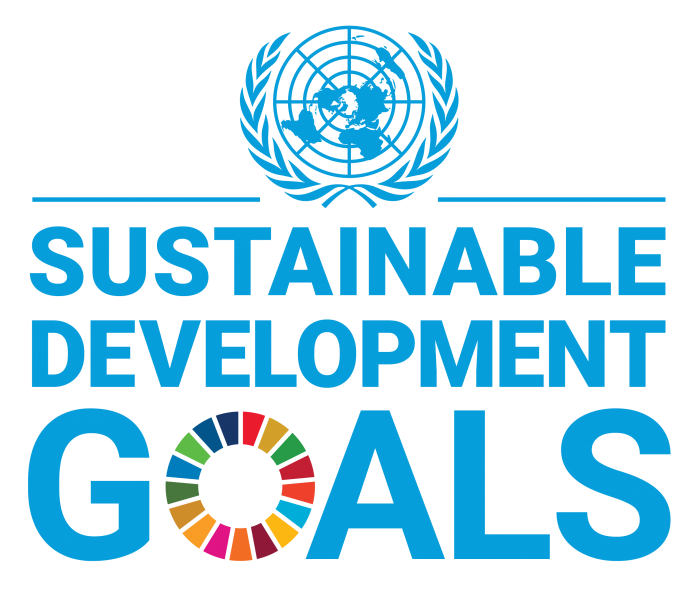Build resilient infrastructure, promote sustainable industrialisation, and foster innovation.
SDG9 targets the development of reliable, sustainable, and resilient infrastructure – either new or by upgrading aging or inadequate existing infrastructure. It also aims to promote inclusive and sustainable industrialisation. And, supporting these aims, it calls for greater investment in industrial innovation and R&D.
However, much basic infrastructure – including roads, communication technologies, sanitation, electrical power, and water – remains limited in developing countries, where it is present at all. Without it, progress toward other sustainable development goals will either be hindered or not possible at all.
When infrastructure development is coupled with inclusive industrialisation, the foundation is laid for economic growth that will improve living standards, facilitate innovation, promote international trade, and enable the efficient use of resources. The development of resilient infrastructure will also help reduce the impacts of climate change.
Through greater investment in research, innovation, and technology – in both developed but, more importantly, in less-developed countries – industrialisation can be decoupled from global carbon emissions growth, helping achieve climate action goals.
How the cement and concrete industry is making a positive difference
Concrete is a key enabler of resilient and sustainable infrastructure development. As a sustainable building material, it combines durability, resilience to climate-related and natural disasters, cost-effectiveness and widespread availability. Without it, much of the modern world would not have been built – and much of what is still required to achieve SDG9 targets could not be built. Investment in infrastructure also supports industrialisation and innovation, helping to increase employment [link to SDG8] and output in industry and manufacturing (SDG9.2).
The cement and concrete industry has long supported R&D, resulting in innovations including more sustainable manufacturing techniques, higher-quality and blended cements, and new and improved use of its products. To continue and support this work, the GCCA founded Innovandi – the Global Cement and Concrete Research Network in 2019, which aims to accelerate innovation in the sector, as per SDG9.5.
Innovation is now particularly important to decouple the production of concrete from global carbon emissions growth. The industry takes this responsibility to sustainable industrialisation seriously and GCCA members are committed to driving down their CO2 footprints, aspiring to deliver carbon-neutral concrete by 2050, as part of the GCCA Climate Ambition.
Case studies
Improving public transport in India, where urbanization is happening like nowhere else
Sustainable concrete for Belgrade beltway
Votorantim Cimentos: Social program supports towns with up to 50,000 inhabitants

